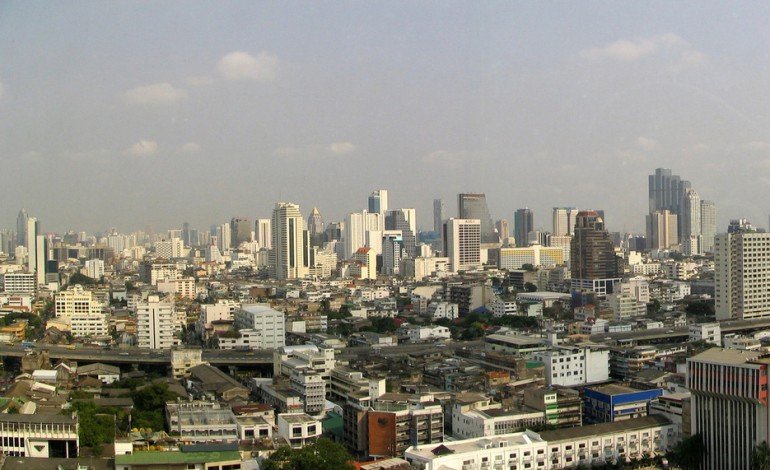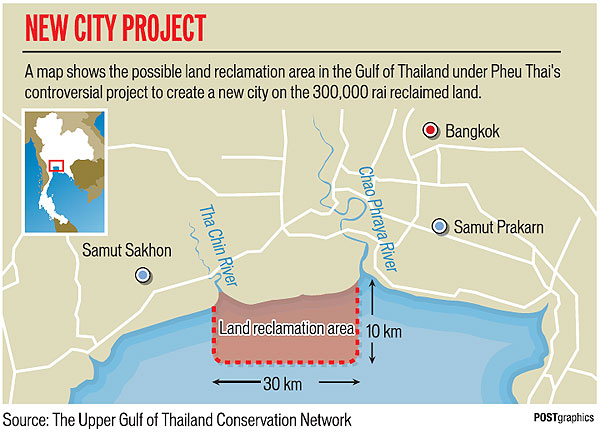Retrofitted buildings more competitive
New building control regulations covering retrofits to enhance earthquake preparedness will help to boost confidence among users and tenants and make the structures more competitive.
Buildings erected before 2007 will be allowed to meet only those earthquake resistance standards in force at the time of construction and will not have to comply with new requirements.
Suphin Mechuchep, managing director of the property agency Jones Lang LaSalle (Thailand), called the new regulation a welcome initiative and said it would help to save lives in case of natural disaster.
However, modifying older structures to make them more resistant to seismic activity may still entail a considerable financial investment.
“Therefore, two key issues will be how much building owners are prepared to spend and what incentives the government will offer owners to retrofit their buildings,” said Mrs Suphin.
In developed countries such as the US, retrofitting is common, not due to legal requirements, but rather to lower insurance premiums for such structures.
Mrs Suphin said there was also the implementation aspect _ issuing a new regulation is one thing, while enforcing it is another.
The Building Control Act of 2007 stipulates that buildings 23 metres or higher or covering more than 10,000 square metres must be designed and constructed to resist an earthquake of at least magnitude 5 on the Richter scale.
The Public Works and Town & Country Planning Department said a draft of a new building control regulation allows owners of buildings constructed before 2007 who want to make them more earthquake-resistant to comply only with the latest code at the time the construction permit was issued.
Buildings that are retrofitted will be more competitive, as tenants and residents will feel more confident and safer inside them, said Mrs Suphin.
This will translate into higher rental revenue and capital value for the property.
Most modern high-rises in Thailand including those built before this year are believed to have been designed to withstand a magnitude-5 or even stronger earthquake.
Mrs Suphin said if magnitude 5 is the minimum requirement, these buildings will not be affected. It would be just a simple matter of safety certification.
“But for buildings that do need an expensive layout to meet a particular safety standard, financial support and incentives from the government and a return on investment for the owners could be expected,” she said.
Retrofitting techniques include ad-hoc additional support of structural elements, base isolators, infilling of sheer trusses, active control systems and exterior bracing. Owners should seek expert advice on the best one for their property.
For major work, tenants or residents may have to be relocated, so good forward planning and tenant-relation skills are a must, said Mrs Suphin.
Aliwassa Pathnadabutr, managing director of the property consultant CB Richard Ellis Thailand, said Bangkok buildings both old and new have withstood earthquakes in the past.
“It’s up to the owners to decide whether to upgrade their buildings. Judging from previous earthquakes and the effects from aftershocks, buildings in Bangkok can withstand the impact,” she said.
Source: http://www.bangkokpost.com/business/economics/244157/quake-rules-offer-leeway


